GreenPan Venice Pro review: a non-stick frying pan that's beyond tasty
Solid build quality and a high-performance, all-natural non-stick make the Venice Pro a tempting proposition.

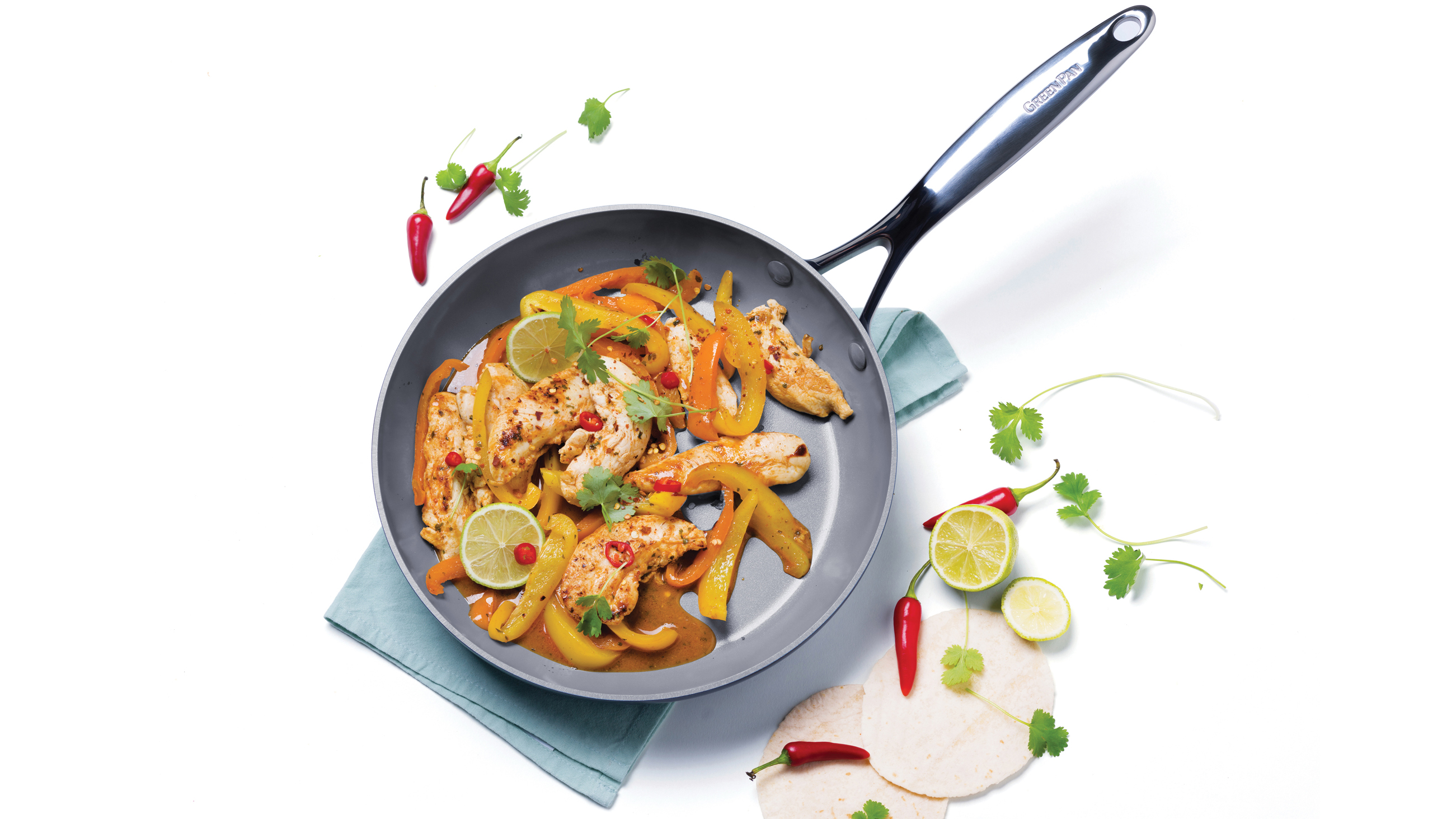
The GreenPan Venice Pro frying pan is the people's non-stick pan. It's affordable, has excellent non-stick and – as an added bonus – it's made from natural materials and doesn’t mess about with potentially harmful chemicals
-
+
Excellent build quality but pleasingly light
-
+
Superb non-stick
-
+
Reasonably priced
-
+
Better eco credentials than most pans
-
-
Not so strong on induction hobs
Why you can trust T3
GreenPan’s eco-friendly cookware has become increasingly popular over the last decade, particularly thanks to its health and safety credentials. There was a time, you see, when non-stick cookware wasn’t terribly healthy. The original non-stick pans were coated with PTFE (often known by its brand name, Teflon) and whilst PTFE is excellent at providing a frictionless surface, it can also be dangerous. When heated past 300ºC, PTFE degrades and gives off toxic fumes that can cause lung damage if inhaled.
On top of that, PTFE polymers such as Teflon were being made with a substance called PFOA (perfluorooctanoic acid) which was later proven to be carcinogenic and extremely damaging to the environment. Despite that, PFOA was still used in the production of PTFE right up until the end of 2015, and though PTFE coatings are deemed to be safer these days, it’s still pretty unclear what manufacturers are using instead of PFOA.
In response to all this, companies began developing non-stick solutions that were more robust and didn’t give people long-term health problems. GreenPan was one such company – the first in fact, to develop a ceramic non-stick that didn’t suffer from the same problems as PTFE. Jan Helskens and Wim De Veirman launched the company in 2007 as a safe alternative to traditional non-stick pans and GreenPan remains one of the most popular brands for non-stick cookware to this day. GreenPan’s Thermolon ceramic non-stick is not just free of PFOA, but it’s also free of lead, cadmium and PFAS (poly- and perfluoroalkyl substances, of which PFOA is one). Though PFOA is banned in the UK, not all PFAS are, so GreenPan is undoubtedly the choice for the more health and environment-conscious.
That would count for little if the pan was no use for cooking, but the GreenPan Venice Pro is among the best non-stick frying pans you can buy. Here's why…
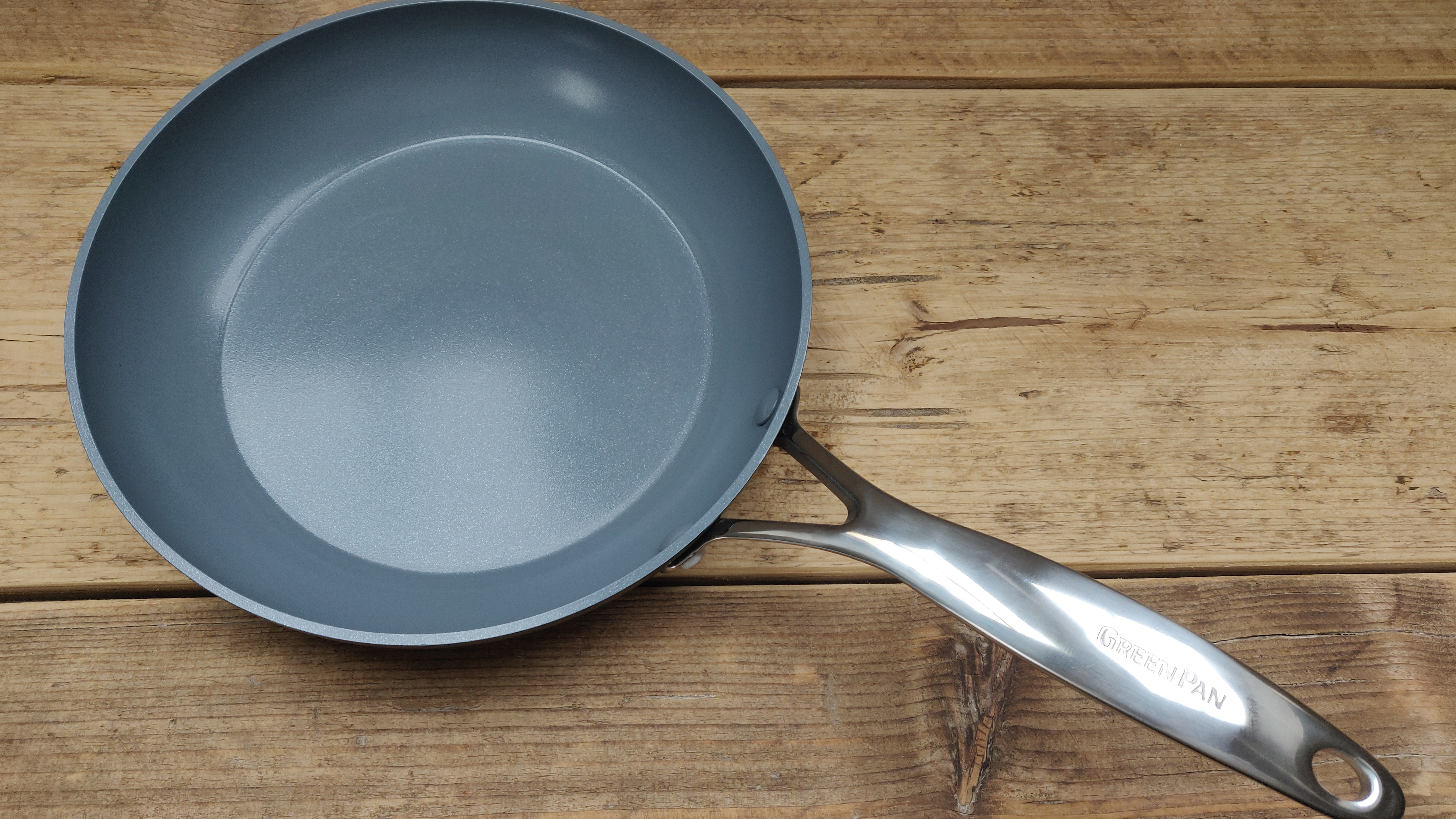
GreenPan Venice Pro non-stick frying pan: Build
Kicking off with the materials, the Venice Pro is an anodised aluminium pan with a stainless steel handle. Aluminium pans have their own pros and cons – aluminium is light, cheap and a great heat conductor, but raw aluminium is also very reactive and has a tendency to leach into food when the two come into contact.
Anodising aluminium is an electrochemical process that creates a surface layer of aluminium oxide that covers the raw aluminium. This aluminium oxide is inert and much more robust than the aluminium underneath. In effect, what you get is a layered aluminium that is tougher and less reactive, but still retains all the positive properties of aluminium when it comes to cooking. True to its eco-friendly credentials, GreenPan also uses upcycled stainless steel and aluminium whenever possible too, though it’s unclear exactly what percentage of their raw materials are upcycled.
The biggest drawback of aluminium is that it won’t work on induction hobs without the addition of other magnetic materials. GreenPan’s Magneto technology is the smartly named workaround here – the forged aluminium base is reinforced with iron, which holds enough magnetism to generate heat on induction stoves. We’ll get into the details of how effective that is later.
As for the handle, it’s made from a single piece of stainless steel and has been riveted to the base of the pan. I’m all in favour of this for a few reasons – riveted handles are easily repaired, but they also tend to loosen over time before they fail. This gives you a chance to repair them before they come off. By comparison, welded handles don’t always give you any warning before they fail, which can be dangerous if you’re cooking when they break.
An all-metal handle also means there are no issues putting the GreenPan Venice Pro in the oven, and because the ceramic non-stick is oven-safe up to 220ºC, you don’t have to worry about getting the pan hot unless you’re really blasting it.
All in all, it’s a well-built piece of cookware. The bottom of the pan is still relatively thick, but the pan is still light thanks to the aluminium build. I would expect that, as usual with any decent non-stick pan, the pan itself isn’t likely to fall apart on your before the non-stick is. GreenPan offers a 2 year warranty on its Thermolon Infinity non-stick surface, but that of course is designed to protect against manufacturing defects and does not cover any standard wear and tear or accidents. It also doesn’t cover stains, scratches or discolouration. If you think that the pan isn’t performing as it should then you can claim within that 2 year period.
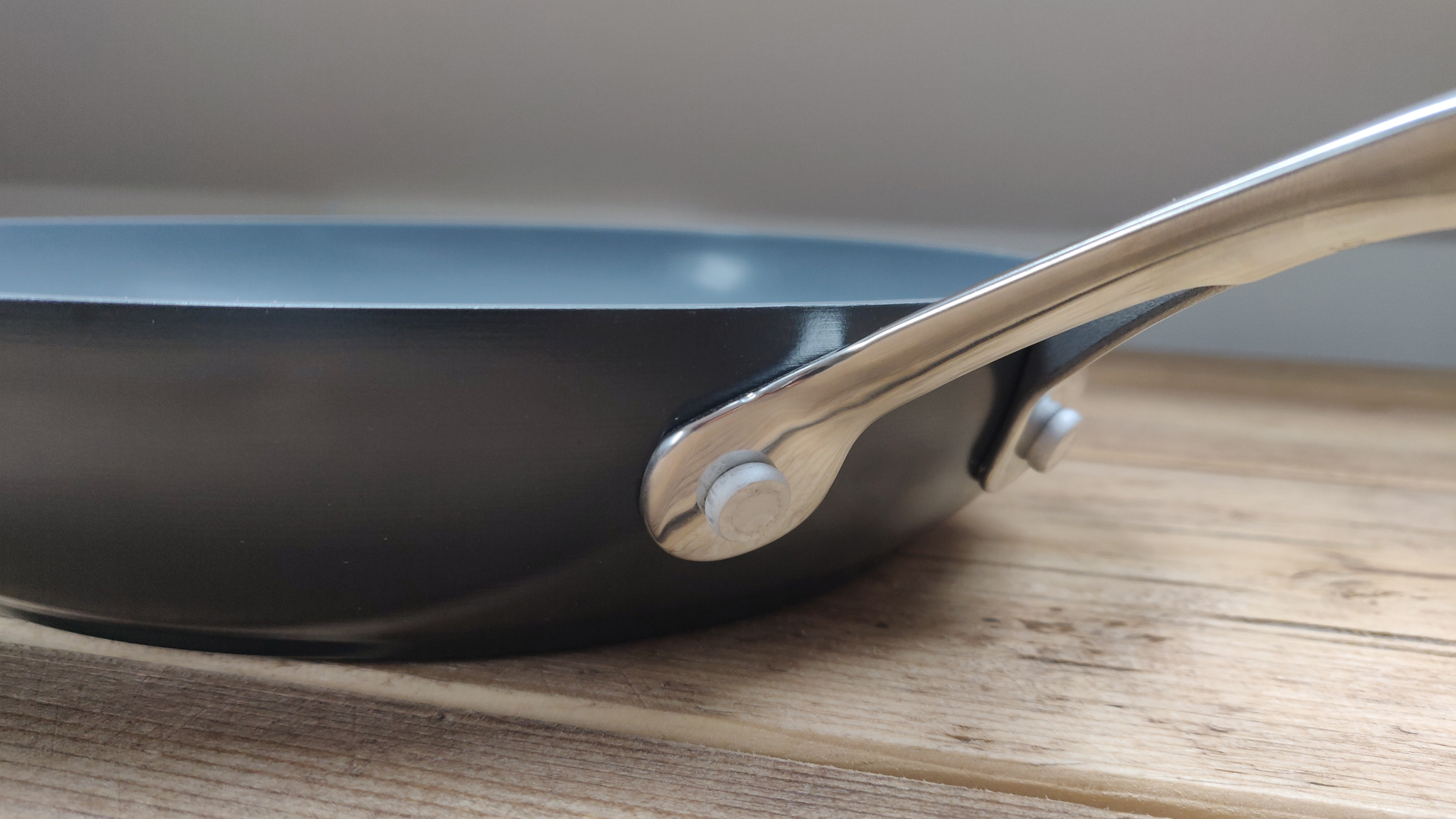
GreenPan Venice Pro non-stick frying pan: Non-stick
Broadly speaking, there are 2 types of non-stick on the market. The first is PTFE – a hydrocarbon-based coating. This is what traditional non-stick pans have always used – Teflon is a PTFE, but there are lots of other brand names that use the same material. The second is ceramic non-stick, developed as recently as 2007. Ceramic non-stick is made from sand – more specifically from silicone dioxide – which is made into a sprayable solution and then baked onto the surface of the pans to create a non-stick layer.
Because ceramic non-stick coatings like Thermolon are made from natural materials and don’t use any of the potentially dangerous chemicals involved in PTFE production, they’re seen as being a much more sustainable and responsible choice. On top of that, Thermolon Infinity Professional (the coating GreenPan has used for the Venice Pro) claims to be diamond-reinforced for extreme durability.
That said, ceramic non-stick still isn’t indestructible. There’s a misconception that because ceramic non-stick is more heat resistant you can cook with it at much higher temperatures. Although Thermolon won’t break down and become toxic at high temperatures, it will quickly lose its non-stick properties. This may explain some of the mixed reviews on the internet around GreenPan cookware – I suspect many of the people complaining that the pans are defective are simply using them incorrectly. If you use any non-stick pan at high temperatures, it’ll break down in a matter of months. I don’t see any reason why the GreenPan wouldn’t last at least 5 years if you used it as intended.
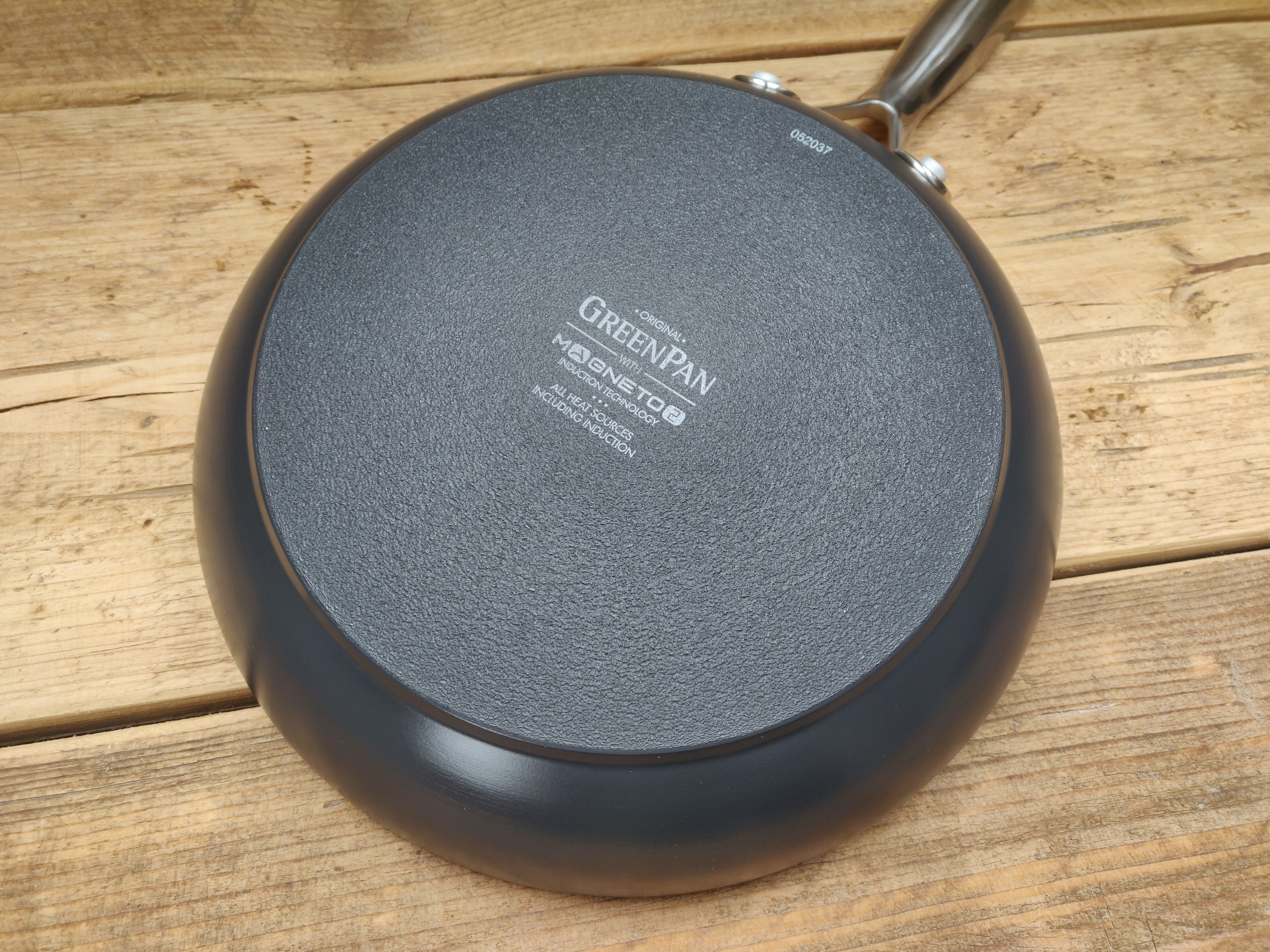
GreenPan Venice Pro non-stick frying pan: Performance
I tested the GreenPan Venice Pro on gas, electric and induction hobs over the course of about 10 days. It hits a nice middle ground in terms of weight and feel in the hand – weight is a very subjective thing and though the Venice Pro feels light, it doesn’t feel flimsy. Although it’s the same diameter as something like the ProWare copper tri-ply or the Robert Welch Campden, it doesn’t feel as big and weighty as those two pans. It’s quite nifty, in fact – a great flipper of pancakes but still big enough to gently cook a few sausages.
The anodised aluminium base does a great job of conducting heat – it only takes a couple of minutes to come up to temperature over a medium gas flame, and a few pancake tests didn’t reveal any clear hot spots or issues. As is often the case with aluminium pans, the Venice Pro works adequately on induction but it doesn’t heat up as effectively as a stainless steel pan. That said, for the sake of cooking an omelette or a pancake, it does a reasonable job. That’s often the trade off of aluminium – it will outperform stainless steel over direct heat but it’s not ideal if you’re working on induction.
I had no issues with the non-stick either – it performed as expected and didn’t show any superficial wear after 10 days of use and multiple runs through the dishwasher. The Venice Pro is dishwasher-safe, but GreenPan recommends handwashing as dishwasher detergents will gradually wear away at the ceramic non-stick. In a similar vein, though you will find some people online saying that you can use metal implements with ceramic non-stick, GreenPan always recommends sticking to wooden and silicone utensils.

GreenPan Venice Pro non-stick frying pan: Verdict
The Venice Pro is light and nifty but certainly doesn’t feel cheap or fragile. The build quality is excellent. The anodised aluminium body heats up quickly and evenly, and is tough and scratch-resistant. The Thermolon ceramic non-stick coating is fantastic too, and the price is a bargain as far as I’m concerned. GreenPan beats most pans at the same price, and raises some tough questions for more expensive ones.
The only small question mark for me is how it performs on induction, and whilst that marginal drop off in performance would make me think twice if I had an induction hob, it doesn’t take away from all the other positives. Eat up your Greens, I say.
Sign up to the T3 newsletter for smarter living straight to your inbox
Get all the latest news, reviews, deals and buying guides on gorgeous tech, home and active products from the T3 experts
-
 Gossamer Gear's Grit 28 is a masterclass in ultralight backpack design
Gossamer Gear's Grit 28 is a masterclass in ultralight backpack designTrail runners and fastpackers, take note
By Matt Kollat Published
-
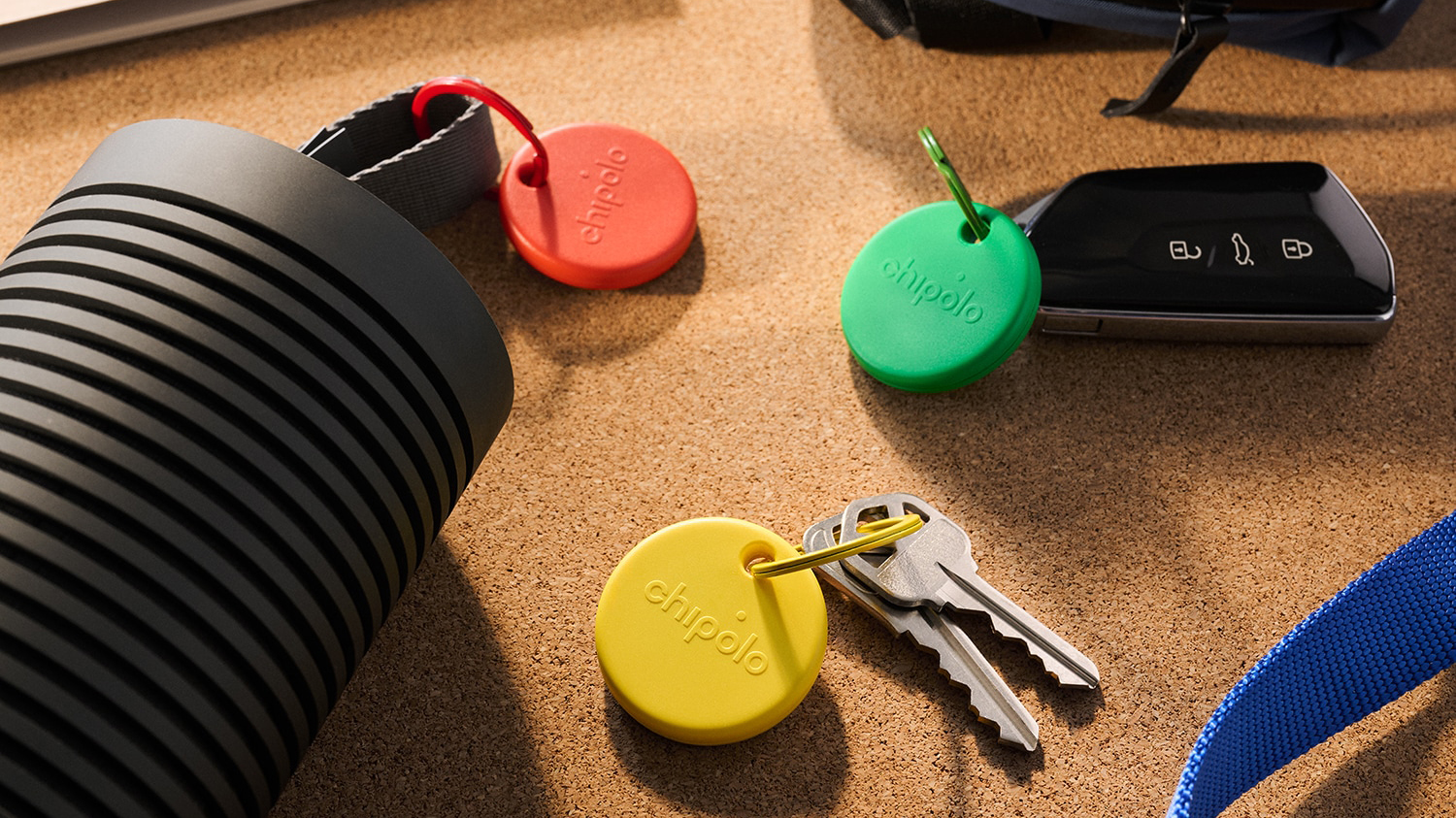 Forget AirTag, Chipolo's new Bluetooth tracker adds a dash of colour
Forget AirTag, Chipolo's new Bluetooth tracker adds a dash of colourChipolo's Pop tracker works with both Apple's Find My and Google's Find My Device – so you can track whichever platform you're using
By Mike Lowe Published
-
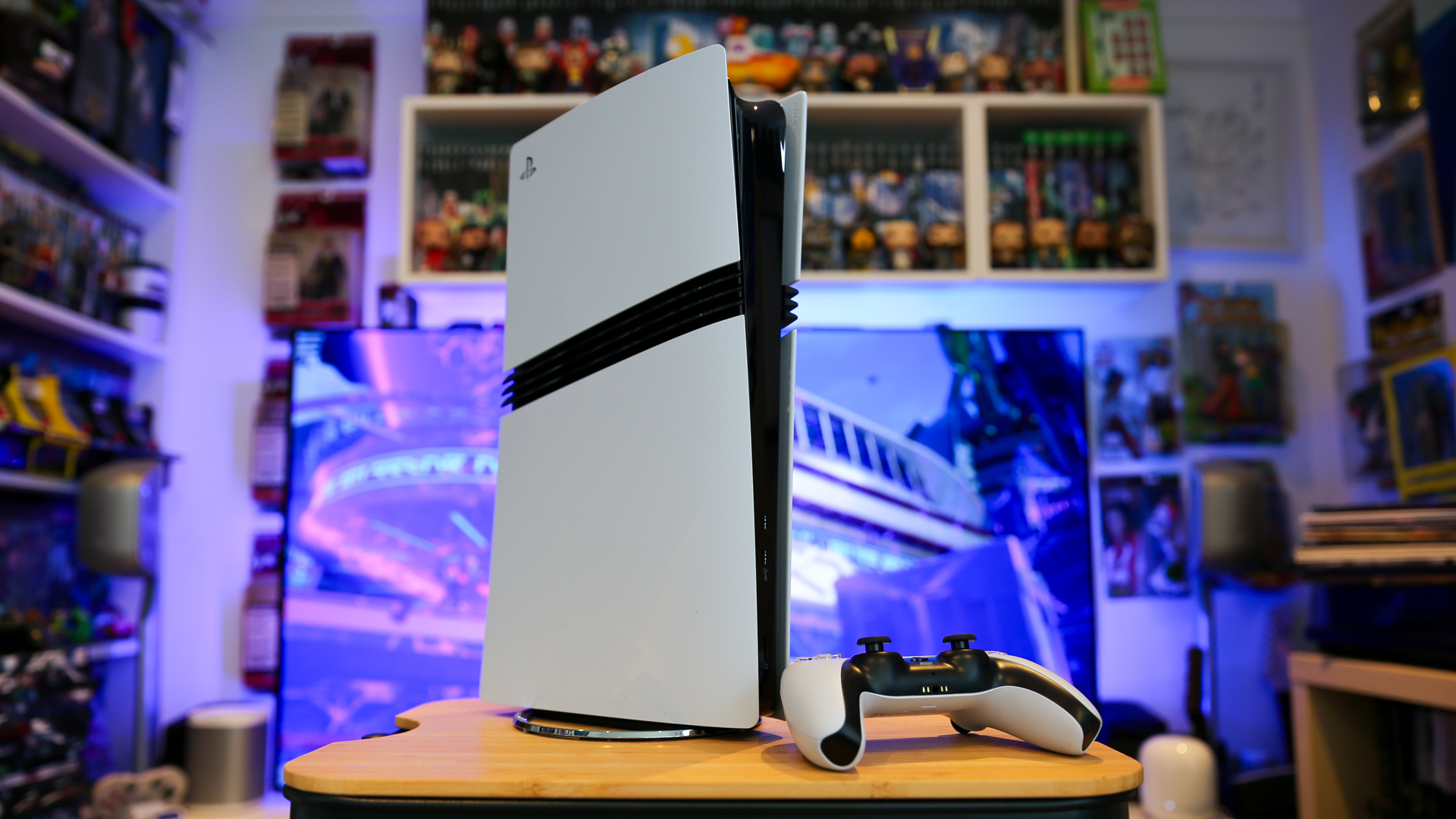 The 5 luxury PS5 Pro accessories I can't live without – How to upgrade your PlayStation in style
The 5 luxury PS5 Pro accessories I can't live without – How to upgrade your PlayStation in styleIf you want a better experience for your PS5 Pro, you need these luxury upgrades
By Max Freeman-Mills Published